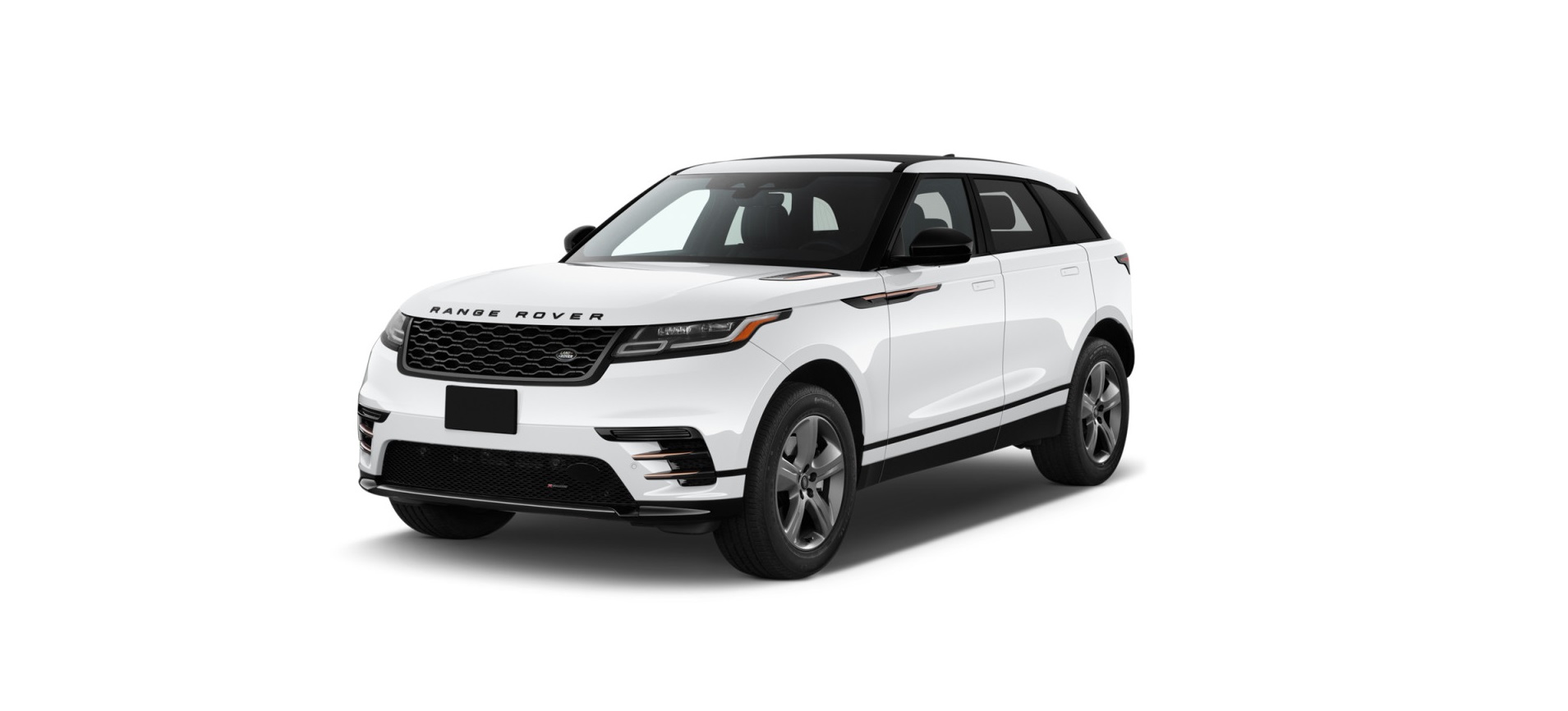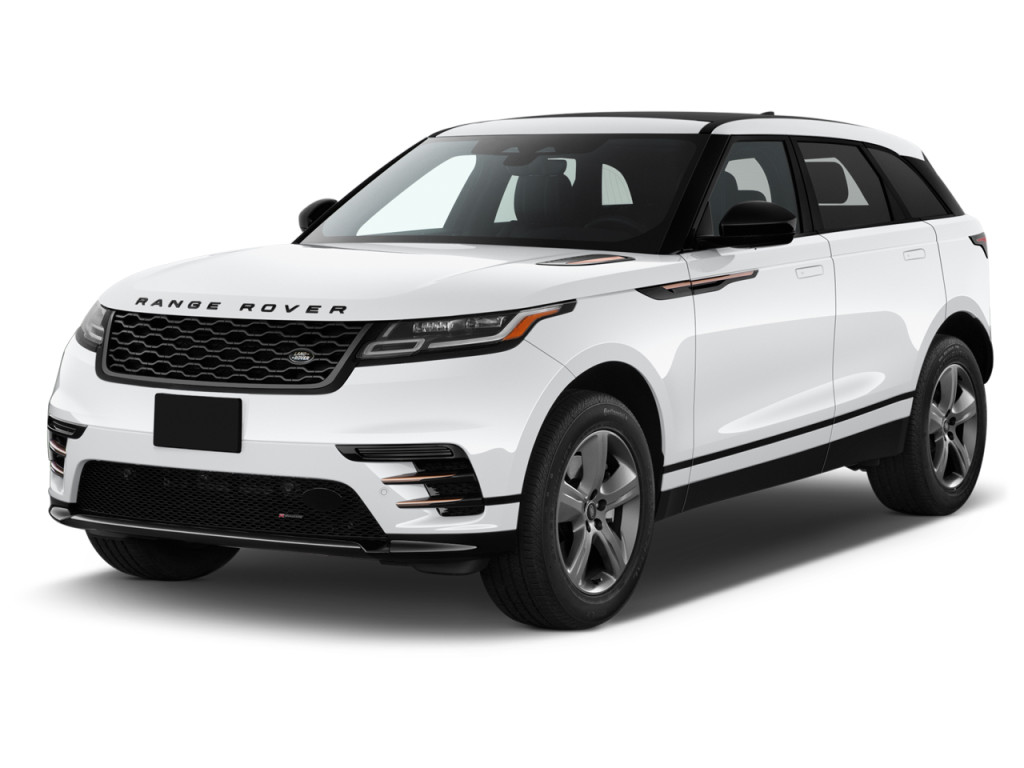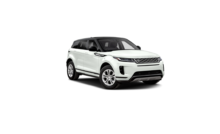2022 Land Rover Range Rover Velar Climate And Comfort Owners Manual




2022 Land Rover Range Rover Velar Climate And Comfort


FRONT CLIMATE CONTROL
Do not adjust the touchscreen controls, or allow the system to distract the driver, while the vehicle is moving. Driver distraction can lead to accidents, potentially causing serious injury or death.
To access the front climate screen, touch the Climate icon on the lower touchscreen. See LOWER TOUCHSCREEN CONTROLS.
- Climate icon: Touch to access the climate screen.
- Power icon: Touch to switch the climate control system on or off.
- Front or Rear soft key: Touch to switch between Front climate or Rear climate menu screens.
- Sync: Select to synchronize the front passenger and rear passenger climate settings to the driver’s settings.
- Air distribution to the front windshield icon: Touch to switch on or off.
- Air distribution to the face icon: Touch to switch on or off.
- Air distribution to the feet icon: Touch to switch on or off.
- Heated rear window icon: Touch to switch on or off. If left on, it deactivates after a timed period, dependent on the outside temperature. CAUTION
Do not attach labels to the rear window. Do not scrape or use abrasive materials to clean the inside of the rear window.NOTES
The heated windshield and rear window operate only when the engine is running. - Cabin temperature and front seat temperature control displays. See HEATED SEATS and CLIMATE SEATS.
- Rotary controls: Press to switch between, and rotate to adjust cabin or seat temperature.
- Blower speed control icon: Touch to switch blower speed adjustment on or off. Rotate the passenger rotary control to manually adjust the blower speed. If a manual blower speed adjustment is made, after a few seconds the passenger rotary control display defaults to the temperature setting. The blower speed is displayed within the blower speed control icon. NOTES
The blower speed is automatically set in AUTO mode. Adjusting the blower speed cancels AUTO mode. Touch AUTO to return to the auto blower speed control. - Heated windshield: Touch to switch on or off. If left on, it deactivates after a timed period, dependent on the outside temperature. NOTES
In cold ambient conditions, the windshield and rear window heaters switch on automatically when the engine is started. This function can be switched on or off via Climate Settings. See CLIMATE SETTINGS. - MAX soft key: Touch and hold to switch the maximum defrost for the windshield on or off.
- MAX A/C soft key: Touch and hold to switch maximum A/C mode on or off.
- Recirculation icon: Touch to recirculate air inside the vehicle.
Touch briefly to select timed recirculation. Recirculation switches off automatically after a set time (dependent on the ambient temperature).
Touch and hold to select latched recirculation. Recirculation remains on until the icon is touched again.
NOTES - Prolonged use at low temperatures may cause the windows to fog.
- A/C soft key: Touch to switch the Air Conditioning (A/C) system on or off. The A/C system can be switched on or off independently of the other climate control functions, except when using maximum defrost or MAX A/C functions.
- Air ionization icon: Touch to activate air ionization. NOTES
Air ionization technology is designed to improve the air quality within the cabin. - AUTO soft key: Touch to switch fully automatic mode on. Dependent on the vehicle’s specification, the various options for AUTO mode can be set via the Climate Settings menu. See CLIMATE SETTINGS. NOTES
AUTO mode is the recommended normal operating mode. In AUTO mode, the system regulates cabin climate based on feedback from the vehicle’s sensors, helping maintain a stable and comfortable cabin environment.NOTES
When a climate setting is adjusted manually the system exits full AUTO mode, this overrides automatic climate adjustment and delivers only the selected settings.
Some of the icons and soft keys have an LED indicator lamp that illuminates to confirm the selection.
If the climate control system is switched off, pressing an AUTO button, A/C, MAX A/C, or the MAX defrost button switches the climate control system on.
Water expelled by the A/C system may collect underneath the vehicle when parked. The expelled water is not a cause for concern.
United States of America, Federal Insecticide, Fungicide, and Rodenticide Act (FIFRA):
This vehicle, which may be fitted with a regulated pesticide device (air ionizer) was produced at the following facility: EPA Est. 93184-GBR-1
California Air Resources Board (ARB), Air Cleaning Devices Regulation:
The following applies to the air ionizer device that may be fitted in this vehicle:
CLIMATE SETTINGS
To view the climate settings menu, select the Settings icon, on the lower touchscreen, then select Climate from the Lower screen display.
- Automatic heated windows: Automatic operation of the heated windshield and/or the rear heated window can be enabled or disabled.
- Air purity: The air quality sensor, for automatic recirculation, can be adjusted. See AIR QUALITY SENSOR.
- Auto air flow: The blower speed for automatic operation can be set to Soft and Quiet, Balanced, or Powerful and Fast.
- Auto sunroof blind: The auto sunroof blind feature can be enabled or disabled. See ELECTRIC WINDOWS.
- Heat now / Vent now: The timed climate system can be bypassed and manually operated. Touch Heat now or Vent now, to heat or vent the cabin.
AUTOMATIC RECIRCULATION
The climate control system monitors exterior air pollution, and selects recirculation if it reaches a predetermined level. Automatic recirculation only operates when the Air Purity function is active. The sensitivity of the air quality sensor can be set via the Climate Settings screen. See AIR QUALITY SENSOR.
It is recommended that automatic recirculation is enabled, to maintain the optimum air quality within the vehicle.
AIR QUALITY SENSOR
The sensitivity of the air quality sensor can be adjusted by changing the Air Purity level.
To adjust the Air Purity level:
- Select the settings icon, on the lower touchscreen, then select Climate from the Lower screen display.
- Select Air Purity and then select the appropriate level: Low, Medium, or High.To deactivate, touch OFF.
REAR CLIMATE CONTROL
To access the rear climate screen, touch the climate icon on the lower touchscreen. See LOWER TOUCHSCREEN CONTROLS.
Control the rear climate as follows:
- Climate icon: Touch to access the climate screen.
- Front or rear soft key: Touch to switch between the Front climate or Rear climate menu screens.
- Settings icon: Touch to access the Lower screen displayon the lower touchscreen. Then select Climate.
- Padlock icon: Touch to disable the rear climate controls, in order to prevent the rear passengers from adjusting the rear climate settings. Touch again to enable the controls.
- Air distribution to the feet icon: Touch to switch on or off.
- AUTO soft key: Touch to switch automatic operation on.
- Power icon: Touch to switch the rear climate control system on or off.
- Air distribution to the face icon: Touch to switch on or off.
The rear climate can be adjusted with the controls located in the rear of the center console.
Control the rear climate as follows:
- Temperature controls: Rotate to adjust the cabin or seat temperature.
- Blower speed increase button: Press to increase the blower speed.
- Padlock icon: The LED illuminates to show that the rear climate controls have been locked via the driver’s controls.
- SYNC: The LED illuminates to show that the rear climate controls have been synchronized to the driver’s settings.
- Air distribution to the face button: Press to switch on or off.
- Press to switch between cabin temperature control and rear seat temperature control. See HEATED SEATS and CLIMATE SEATS.
- Air distribution to the feet button: Press to switch on or off.
- AUTO button: Press to switch automatic operation on.
- Blower speed decrease button: Press to decrease the blower speed.
- Blower speed level indicator: The LED displays the current blower speed level.
Some of the buttons have an LED indicator lamp that illuminates to confirm selection.
If the climate control system is switched off, pressing the rear AUTO button or the blower speed increase button switches the climate control system on.
If the system is in defrost mode, all rear controls are disabled and no airflow is available to the rear occupants.
SEAT COMFORT AND ADJUSTMENT
To access the seats screen, touch the seats icon on the lower touchscreen. See LOWER TOUCHSCREEN CONTROLS.
Control the seat comfort and adjustment as follows:
- Seats icon: Touch to access the seats screen.
- Front or rear icon: Touch to switch between the Front seats or Rear seats menu screens.
- Settings icon: Touch to access the Lower screen display on the lower touchscreen. Select Seats.
- Seat massage icon: Touch to select the seat massage function for the respective seat. See SEAT MASSAGE.
- Seat top zone icon: Touch to select, or deselect, the top zone for the respective seat.
- Seat base zone icon: Touch to select, or deselect, the base zone for the respective seat.
- Rotary controls: Press to select, or deselect, the seat control function. Rotate to adjust the seat temperature or massage intensity.
- Power icon. Touch the respective seat power icon to switch the selected function on or off, for massage, heated or climate seat.
- Heated or climate seat icon: Touch to select the heated or climate seat function for the respective seat. See HEATED SEATS or CLIMATE SEATS.
HEATED SEATS
Heated seats consume a large amount of battery power. They only operate when the engine is running.
The heated rear seats (non-climate) can only be operated by pressing the buttons located at the rear of the center console.
Heated seat icon.
Touch the relevant heated seat icon to switch the required heated seat on at the maximum setting. The three LED indicators in the button illuminate.
Touch a second time to set the heated seat at the medium setting. Two LED indicators illuminate.
Touch a third time to set the heated seat at the lowest setting. One LED indicator illuminates.
Touch a fourth time to switch off.
The heated front seats are controlled via the lower touchscreen. See CLIMATE SEATS.
On vehicles with rear climate seats, the rear heated seats are controlled in the same manner as climate seats. See CLIMATE SEATS.
CLIMATE SEATS
The climate seats only operate when the engine is running.
To access the heated or climate seats screen, touch the seat icon on the lower touchscreen. Touch the heated or climate seats icon. See SEAT COMFORT AND ADJUSTMENT.
- Touch the respective seat power icon to switch the selected climate seat on or off.
- Touch to select, or deselect, the respective seat zone icon: Top, base, or both icons.
- Rotate the outer part of the rotary control to adjust the seat temperature. See SEAT COMFORT AND ADJUSTMENT.
The temperature status of the selected seat zone is displayed on the touchscreen. The status orange is red for heated operation and blue for cooling operation.
The rotary control displays a numeric + or – status. The outline of the rotary control illuminates to display red for heated operation and blue for cooling operation.
SEAT MASSAGE
Seat massage only operates when the engine is switched on.
Seat massage pauses for 5 seconds if any adjustments are made to the lumbar, bolster, or shoulder sections of the seat.
To access the seat massage screen, touch the seat icon (1) on the lower touchscreen. Touch the respective seat massage icon (4). See SEAT COMFORT AND ADJUSTMENT.
- Touch the power icon for the respective seat to switch the selected seat massage on or off. See SEAT COMFORT AND ADJUSTMENT.
- Touch the seat top zone icon for the respective seat. See SEAT COMFORT AND ADJUSTMENT.
- Touch the icon of the desired massage program: Wave, Up, Down, Upper Back, or Lower Back massage.
- Rotate the outer part of the rotary control to adjust the seat massage intensity. See SEAT COMFORT AND ADJUSTMENT. NOTES
The outline of the rotary control illuminates to display the level of seat massage intensity.
Auto Massage can be set in Seat Settings. See SEAT SETTINGS.
The massage programs have a 10-minute cycle. Reselect for repeated use.
SEAT SETTINGS
Seats settings can be accessed via the Settings icon on the lower touchscreen. See LOWER TOUCHSCREEN CONTROLS.
Touch the Settings icon to access the Lower screen display on the lower touchscreen, then select Seats.
The following options can be selected:
- Auto Massage: Switch the automatic massage feature On or Off.
- Time delay: Touch to select the time delay options. A time delay for the seat massage can be set from the start of a journey.
TEMPERATURE DIFFERENTIATION
The temperatures selected via the climate control system are perceived values. The system operates to achieve these selected values. The selected value does not represent the output temperature from the air vents. Air vent output temperature varies as the system automatically adjusts the vent outputs to achieve the set temperatures. The actual temperature in the cabin may differ from the set temperatures due to internal and external factors, including ambient temperature, sun load, and direction. The climate control system automatically adjusts the airflow level, direction, and temperature to compensate for these internal and external factors. Automatic adjustments in the air vent outputs may result in some temperature differentiation within the cabin.
Recent Posts
VW Jetta Engine Fuse Box Diagram
Access the comprehensive 2010-2018 VW Jetta Passenger Fuse Box Diagram to troubleshoot electrical issues effectively.…
VW Jetta Passenger Fuse Box Diagram
Explore the comprehensive VW Jetta Passenger Fuse Box Diagram to troubleshoot electrical issues effectively. Understand…
2023 Ford F-150 Lightning Fuse Box Diagram
Under Hood Fuse Box Location Remove the front luggage compartment cover. Under Hood Fuse Box…
2022 Kawasaki NINJA H2 SX SE Brake Lever Adjuster Owner’s Manual
2022 Kawasaki NINJA H2 SX SE Brake Lever Adjuster Owner's Manual NOTICE Only adjust the front…
2023 Land Rover Range Rover Evoque Exiting The Vehicle Owners Manual
2023 Land Rover Range Rover Evoque Exiting The Vehicle SINGLE LOCKING WARNING Before exiting the…
2023 Land Rover Range Rover Evoque Front Seats Owners Manual
2023 Land Rover Range Rover Evoque Front Seats FRONT SEAT SAFETY Make sure to read…
